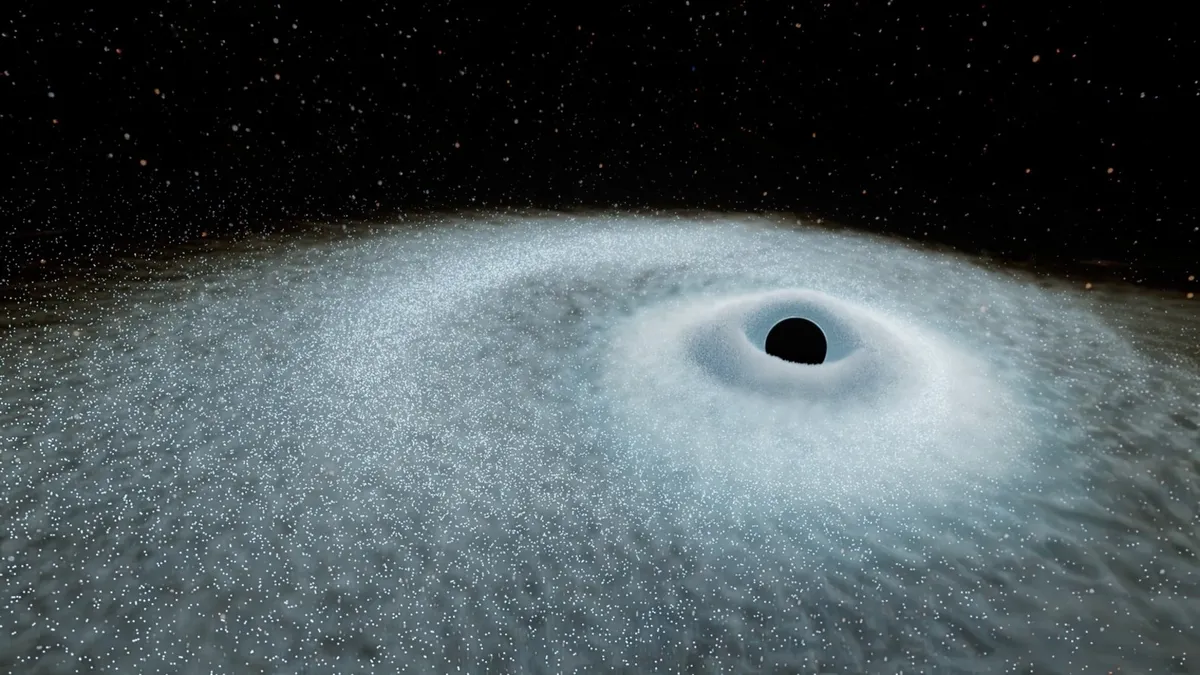
A recent discovery by astronomers has unveiled the existence of the most powerful cosmic explosions since the Big Bang, termed extreme nuclear transients (ENTs). These astonishingly energetic explosions occur when stars, with masses at least three times that of the Sun, are torn apart by supermassive black holes. While similar events have been documented previously, the newly identified explosions are so potent that they warrant classification as a wholly new phenomenon: extreme nuclear transients.
For over a decade, astronomers have observed stars being ripped apart in what are known as tidal disruption events. However, the recently discovered ENTs represent a significant departure from these earlier events. Jason Hinkle, a researcher at the University of Hawaii's Institute for Astronomy (IfA) and the lead author of a study on these phenomena, stated, "When I saw these smooth, long-lived flares from the centers of distant galaxies, I knew we were looking at something unusual." Hinkle's investigation into long-lasting flares originating from galactic centers led to the identification of these extraordinary cosmic events.
Hinkle discovered two notable flares recorded by the European Space Agency's Gaia spacecraft in 2016 and 2018, respectively. A third event, found in 2020 by the Zwicky Transient Facility (ZTF), exhibited similar characteristics to the Gaia discoveries, suggesting they belonged to a new class of extreme cosmic explosions. These findings indicate that ENTs release far more energy than other known stellar explosions, such as supernovas, and have a much longer duration.
Unlike typical tidal disruption events, which last only hours, ENTs can remain luminous for years. Hinkle noted, "Not only are ENTs far brighter than normal tidal disruption events, but they remain luminous for years, far surpassing the energy output of even the brightest known supernova explosions." One such event, named Gaia18cdj, released over 25 times more energy than the most powerful supernova ever recorded, equating to the energy output of 100 suns over their entire lifespans.
The discovery of ENTs is significant not only for understanding cosmic explosions but also for gaining insights into supermassive black holes within distant galaxies. The remarkable brightness of these events allows astronomers to observe them across vast distances. Benjamin Shappee, a co-author of the study at IfA, explained, "By observing these prolonged flares, we gain insights into black hole growth when the universe was half its current age, and galaxies were busy places — forming stars and feeding their supermassive black holes 10 times more vigorously than they do today."
In summary, the discovery of extreme nuclear transients marks a groundbreaking advancement in astrophysics, providing valuable information about the universe's most powerful explosions and the behavior of black holes during the formative years of galaxies.